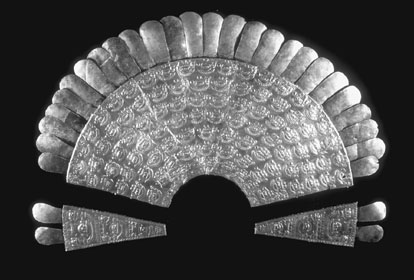

 | Page 645 |  |
The Inca empire, which controlled much of the Andes of South America, was overthrown as a result of the Spanish conquest in 1532. As they did to the aztec civilization in mesoamerica, the Spanish exploited local political divisions to bring about a swift collapse of imperial authority. The Inca had, themselves, only recently achieved such political and military dominance, with their expansion out of the region of Cuzco beginning only about a century earlier.
In one sense, the Inca were the clear successors of earlier cultures, such as the moche and the chavín, but in terms of political organization, the Inca system of imperial control, which (where possible) allowed for the retention of local religions and power structures, was a unique development. Major sites such as Machu Picchu and Cuzco and their extensive network of roads and bridges, irrigation systems, and terracing demonstrate the Inca’s abilities as engineers and builders, but their material culture (particularly in textiles) was also of the finest order.

An example of gold jewelry from the Chimu Culture
(Gamma)
See also
References
Rostworowski, de Diez Canseco, Maria. 1999. History of the Inca Realm. Translated by Harry B. Iceland. Cambridge: Cambridge University Press.
 |  |